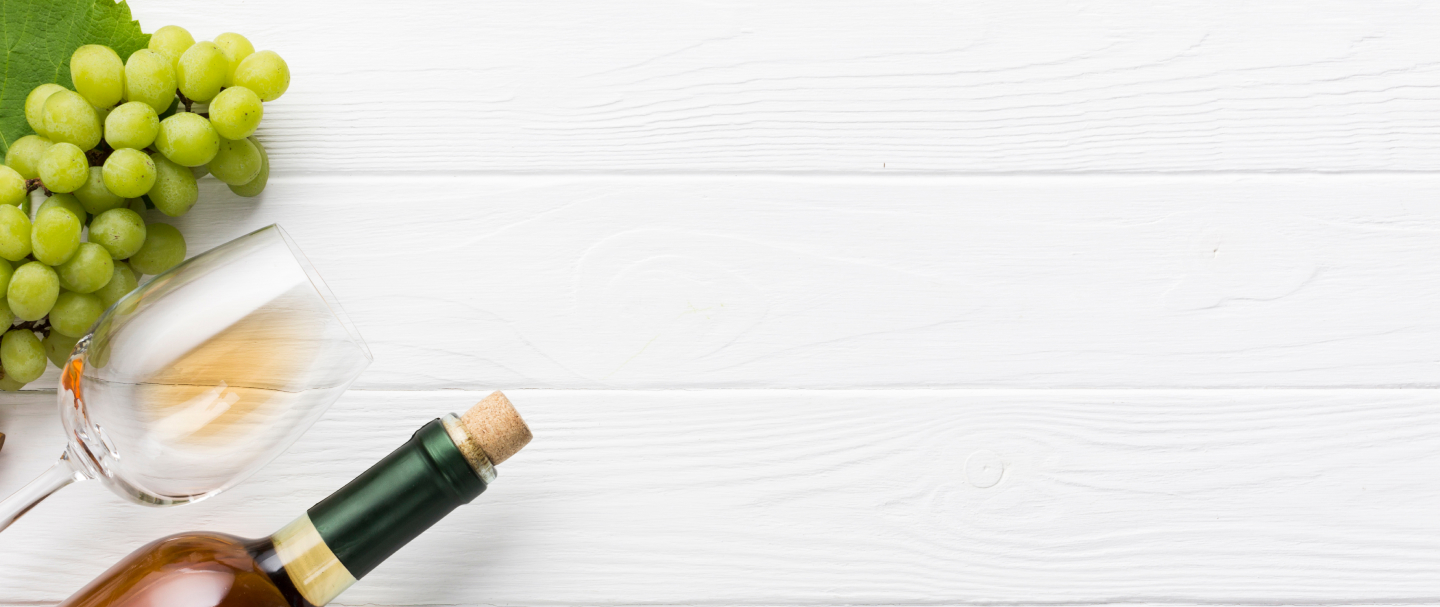Carmenere Petite Sirah Red Bordeaux 3.0Ltr Wine
The deep blue colored grapes of the Carmenere varietal have their origins in France, where they are still listed as one of the elite grape varietals allowed by French law for the use in Bordeaux wines, generally regarded to be the finest in the world. However, the use of Carmenere grapes in France has been dwindling for many decades now, and it has been in several New World countries where they have seen their renaissance. Although still mostly used as a blending grape, single variety Carmenere wines are greatly sought after as a result of their deep, complex aromas, stunning blood red color and the fact that the grapes, when processed at optimum ripeness, carry some fascinating flavors, including chocolate, tobacco, and spicy cherry notes.
Petite Sirah was first brought from France to America in the 1880s. It later went on to become one of the only grapes to make it through the devastating Phylloxera virus in the 1890s, both World Wars, and the Great Depression. During Prohibition, it was a main ingredient used to make sacramental wines. In fact, through the 1960s it was a major blending grape in a number of the finest wines produced in California.
By itself, a bottle of Petite Sirah usually has no problem making a quick impression on consumers. With a large amount of natural color and tannins, wines made with the grape commonly feature intensive sweet fruit characteristics like fresh raspberry or blackberry jam, black pepper spice, and plenty of backbone or structure.
There are a number of different styles available. Some concentrate on highlighting fresh, fruity flavors; others are bigger, more voluptuous; and it keeps going up the ladder until you reach the powerful, more machismo-style category.
There are few regions in the world with stricter regulations in regards to wine production and grape varietals than those found in Bordeaux, France. Here, in the home of the world's finest wines, the type and quality of grapes used is of utmost importance, and the legendary wineries which work on the banks of the Gironde river have mastered the careful art of juice blending to find the perfect balance for their produce. Whilst there are six 'official' Bordeaux grapes, the two key varietals for almost every fine Bordeaux wine are Cabernet Sauvignon and Merlot, and with good reason. Whilst Cabernet Sauvignon grapes are renowned for their acidity and astringency, strong fruit and spice flavors and full body, Merlot grapes are notably rounded, soft, fleshy and lighter on tannin. The combination of these two varietals, along with a small percentage of (commonly) Petit Verdot or Cabernet Franc, is the perfect balancing act – the two grape varietals cancel out each others weaker points, and accentuate all that is good about the other.




